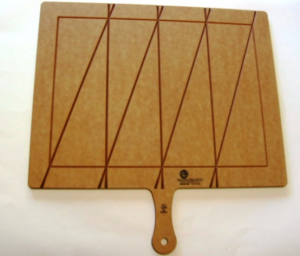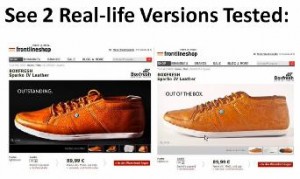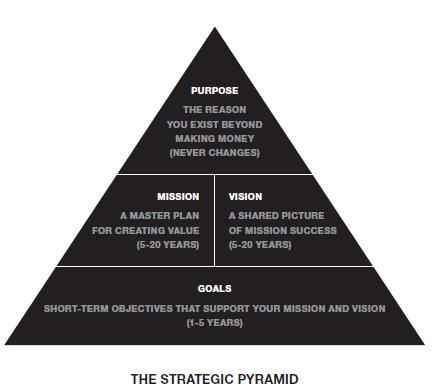This past week I was impressed with two new technologies that makes marketing a new product or service better.
3-D Printing:
This 3-D printing looks like it is going to change a lot of things. Shipping is less than $7 and anyone can become a product designer by uploading their drawing. Very affordable one off prototypes at less than $2 per cm2 for most materials which you could probably source from places similar to Gumstix.com if you’re creating electronics.
The on demand industry changed self published books… In my opinion, this is going to change a lot more. Check out the apps with this link to Shapeways, the 3D printing marketplace and community where you can make your ideas real with 3D printing. This knocks out a giant barrier to entry for new products.
Have you tried this yet? If you have, please let me know how it worked out…
Augumented Reality:
The other day in the office we were talking about using NFC and augmented reality in marketing to explain complex engineering models or value propositions.
Found this video on YouTube showing a new Bert & Ernie toy that uses augmented reality. Sesame Street Augmented Reality Dolls Take AR to the Next Level.
To view the augmented reality from the toy, you just need a tablet or smartphone app.
Are you using any augmented reality campaigns in your marketing programs?



